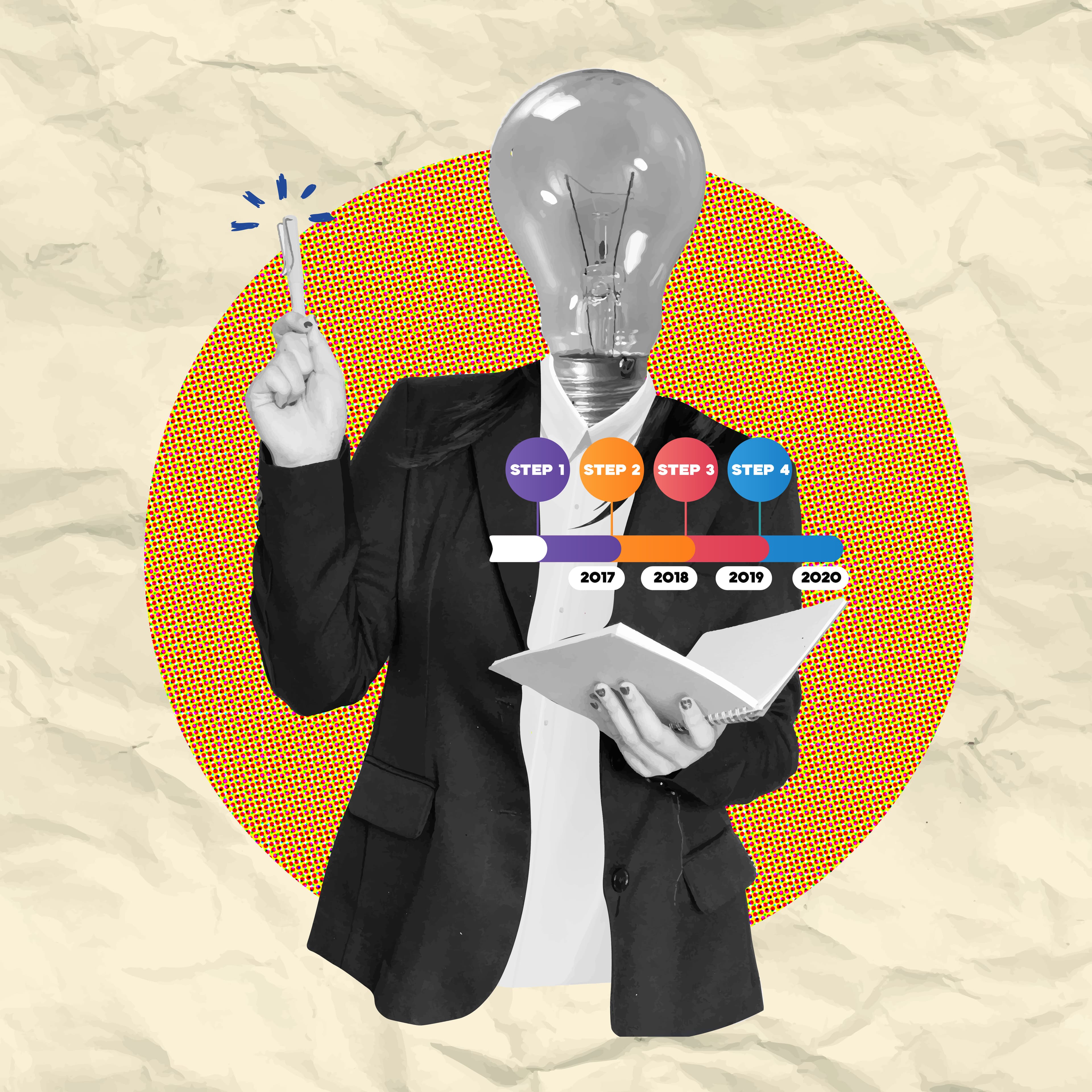Articles ●
11 Jun 2025
Emotional vs Rational: How to Choose the Right Advertising Approach

Great advertising doesn't just communicate - it connects. But should you speak to your audience's heart or their head? The most effective campaigns understand when to use emotional storytelling versus rational persuasion to drive action.
This guide breaks down:
- The psychology behind emotional and rational appeals
- When each approach works best
- How top brands balance both strategies
- Simple ways to determine what your audience responds to
The Power of Emotional Advertising
Emotional ads create connections that facts alone can't achieve. They work because:
1. Feelings drive decisions
Neuroscience shows emotions process faster than logic. The limbic system triggers instinctive reactions before our rational mind engages.
2. Memories stick longer
People forget facts but remember how you made them feel. Emotional campaigns create lasting brand associations.
3. Builds loyal communities
Shared values and experiences foster deeper customer relationships than product features alone.
When to use emotional appeals:
- Launching lifestyle or luxury brands
- Building brand awareness
- Promoting aspirational products
- Supporting cause marketing
Example: Nike's "Dream Crazy" campaign featuring Colin Kaepernick tapped into powerful emotions around social justice, creating passionate brand advocates.
The Case for Rational Advertising
While emotions open doors, logic often closes sales. Rational advertising works because:
1. Reduces perceived risk
Detailed specs and comparisons help buyers justify decisions, especially for expensive purchases.
2. Appeals to analytical thinkers
Some audiences prioritize function over feeling, particularly in B2B or technical markets.
3. Clarifies unique value
When products have tangible differentiators, facts demonstrate superiority.
When to use rational appeals:
- Selling complex or high-ticket items
- Targeting B2B decision makers
- Promoting price-sensitive offerings
- Differentiating from competitors
Example: Slack's "So Yeah, We Tried Slack" campaign used concrete productivity stats to convince businesses to switch platforms.
Finding the Right Balance
The most effective campaigns often blend both approaches:
1. Lead with emotion, support with logic
Apple showcases sleek designs (emotion) followed by technical specs (rational).
2. Segment by buyer journey
Use emotional content for awareness, rational for conversion.
3. Test and optimize
Try different emotional/rational mixes to see what resonates with your audience.
Pro Tip:
Monitor engagement metrics - emotional content often gets more shares while rational content drives more conversions.
How to Choose Your Approach
Ask these key questions:
- What's my primary goal?
- Awareness = Emotional | Conversions = Rational
- Who's my audience?
- Consumers = More emotional | Businesses = More rational
- What's my product type?
- Aspirational = Emotional | Functional = Rational
- What's the price point?
- Low-risk impulse buys = Emotional | High-consideration purchases = Rational
The best strategy depends on your specific objectives and market. Test different approaches and let performance data guide your creative direction.
Final Thought:
Whether you choose emotional, rational or a blend of both, the key is authentic communication that resonates with your audience's needs and motivations.
Want to refine your advertising approach? Start by analyzing your best-performing past campaigns - do they lean more emotional or rational? Let those insights guide your next creative strategy.
